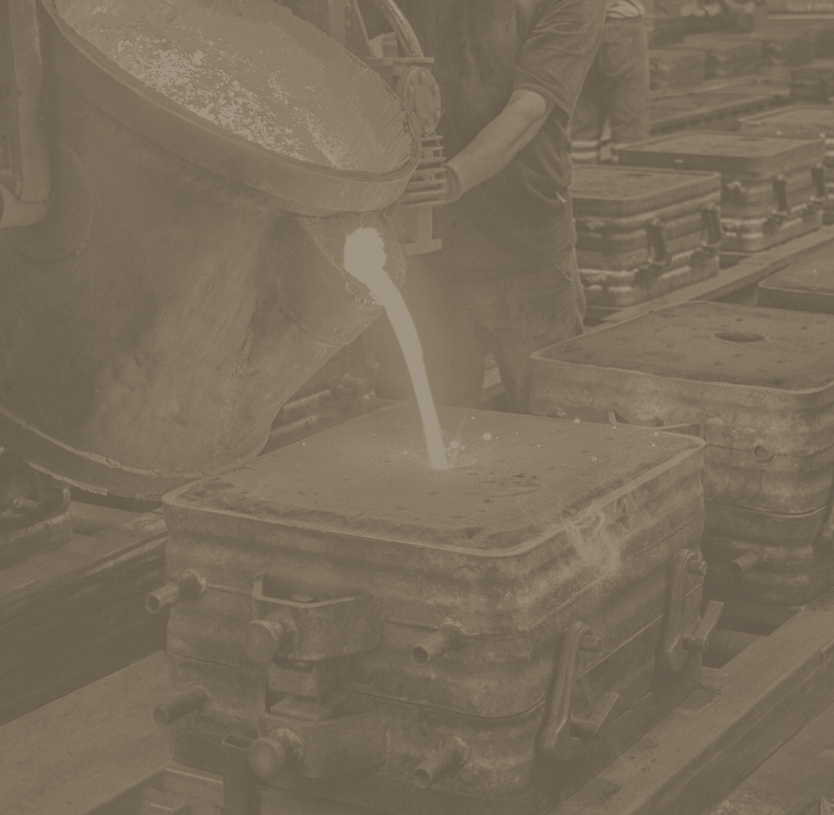


The foundry industry has experienced substantial growth worldwide, resulting in a 2.6% increase in global casting rates compared to 2018, totaling over 112 million metric tons. India holds the second position in this sector, boasting around 5,000 foundries with an installed capacity of approximately 7.5 million tons per year. Remarkably, 90% of these foundries fall under the Ministry of Micro, Small & Medium Enterprises, while several unregistered foundries also operate within the country.
The most common casting process used in the foundry industry is the sand cast system. Virtually all sand cast moulds for ferrous castings are of the green sand type. Green sand consists of high-quality silica sand, bentonite clay (as the binder), water and coal (a carbonaceous mould additive to improve casting finish).
Foundries heavily rely on high-quality, size-specific silica sands for their molding and casting processes. Raw sand utilized in these operations typically exceeds the quality of typical bank-run or natural sands found at construction sites. On average, casting one ton of iron or steel requires one ton of sand, with the American Foundry Society (AFS) maintaining sand quality standards ranging between 50 to 58.
Waste Foundry Sand: Disposal & Reutilization
Upon reaching a certain number of cycles, foundry sand loses its binding properties due to exposure to high temperatures and contact with molten metals. Consequently, its physical and chemical properties degrade, rendering it unsuitable for continued use, thereby classified as Waste Foundry Sand (WFS) and requiring disposal. However, unplanned disposal poses significant environmental risks, leading to water and air pollution as the foundry dust contains toxic materials that contaminate water sources. Annually, approximately 1,710,000 tons (1.71 million metric tons) of waste foundry sand are generated by foundry units.
The disposal of waste foundry sand remains a pressing concern, prompting researchers to seek effective solutions. Reutilization emerges as a substantial remedy. Waste foundry sand demonstrates distinct characteristics compared to regular concrete sand, such as lower unit weight, higher water absorption, and increased void percentage. However, integrating waste foundry sand as a partial replacement for fine aggregates could negatively impact concrete slump. Hence, each industry must carefully assess the acceptable extent of recycled sand usage.
Within foundry processes, sand retrieved from collapsed molds or cores can be reclaimed and reused, supplemented with new sand and binder to maintain casting quality and compensate for normal sand loss during operations.
Reclamation of Waste Foundry Sand:
CFlo’s Sand Reclamation System employs mechanical and thermal treatments for sand recycling in molding and core-making processes.
Foundry Waste Sand and their Reclaimed Products
